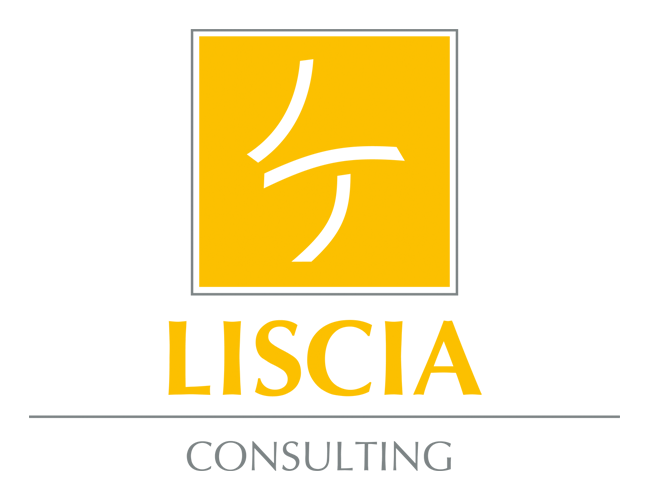When time is money, it should be managed is if it were capital. Unfortunately, this is rarely the case, since only a very few companies measure how employees spend their time. This especially applies to meetings, an essential aspect of working life. Nevertheless, meeting often take too much time, produce few practical results and are attended by too many people. Valuable working time is lost; money burned. “Researchers estimate the total cost of inefficient meetings worldwide at 250 billion dollars a year.”
It is highly demotivating to take part in a meeting in which you have nothing you can productively contribute. Especially when work is piling up on your desk and all you can think of is all you could be doing instead of sitting around waiting for the meeting to end. It’s a vicious circle, triggering the same impatience or frustration when the next meeting is scheduled.
We have observed this quite often, especially at the so-called regular meetings some companies hold daily, weekly or monthly. […]
When meetings are a mere litany of numbers without any interpretation or evaluation, at least eighty percent of participants walk away frustrated. First of all, they didn’t understand a thing and secondly, they have wasted their time. We often work in sectors where the daily morning meeting consists of nothing more than reeling off KPIs. Yet only a narrow margin of employees can become enthusiastic over performance indicators. Still, there can be 20 to 30 employees attending – with one of our clients at a large plant, there were seventy employees attending – every morning for half an hour! We therefore recommended to our client’s plant director that he prioritize the KPIs, “Discuss only the top five each morning. Don’t just read them, include an evaluation so your people know exactly what needs to be done. Otherwise, you’re just scratching the surface.” We explained the meeting must follow a structure similar to a three-step feedback: Perception description – interpreting the perception – evaluation. “When your employees report numbers at the next meeting, this only the first step, i.e. the perception description. Beginning immediately, the employee will add the second step and follow up the perception description with an interpretation, explaining what is good about the number or where there are possible issues. The next step is then derived from the second step, for example: What do we have to work on today? Where could we use some support? If this doesn’t take place, you will never know if your employees have understood or are just letting the numbers wash over them. The evaluation is also important for you to judge for yourself whether the evaluation aligns with your intentions or not.”
Prioritizing or setting a clear agenda in general will automatically limit the number of meeting attendees. If it’s not my department or responsibility, I don’t need to go. You thereby avoid having 20 competent employees at the table, but possibly not one with the appropriate decision-making power. So the decision is delayed. […]
Some employees attend meetings out of habit, while others use them as an alibi, or as one of our clients aptly put it: cover-my-ass meetings. The latter is merely an excuse to take along ten or 20 colleagues: When I shy away from taking sole responsibility for decisions, I simply bring an extensive escort to the meeting, preferably a half-day or whole-day affair, to have them approve my suggestions and spread responsibility over a large number of shoulders, true to the motto, “We decided that together!” […]
An efficient meeting must have a specific agenda and a specific agenda must be properly prepared, i.e. a list of agenda topics, required documents at hand, clearly formulated questions and problems. That takes time beforehand but abbreviates the meeting. Headers like orders or complaint management are not explicit enough, they’re just too vague and the meeting already begins with time wasted figuring out the exact issues. It is well likely that the allotted time runs out before anyone gets to the meat of the matter, so you resolve to gather even more information and postpone decisions until the next meeting. Attendees leave the room disappointed, faced with new problems instead of the desired solutions.
Before the meeting, each topic on the agenda is also given a time slot to avoid getting bogged down with details. And naturally, there must be a time-keeper responsible for keeping to the time-plan! This, by the way, is an excellent cure for self-promoters who regard meetings as spotlight opportunities, holding forth in endless monologues, tossing in fabricated problems that aren’t problems at all, only to stand centerstage. They believe a full calendar equals a full life, forgetting that unproductive meetings are not only wasted work energy but also wasted life energy.
An excerpt from the book “Leadership is More – 27 Questions We Too Can Answer” written by Gianni, Jan & Marcello Liscia, 2022



